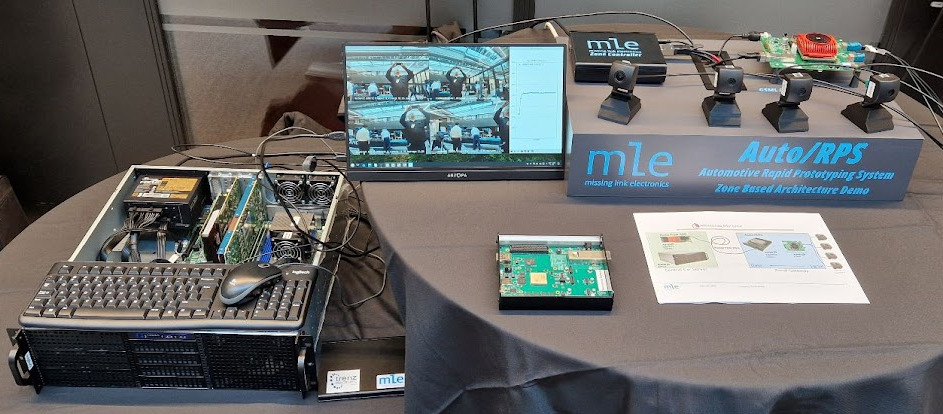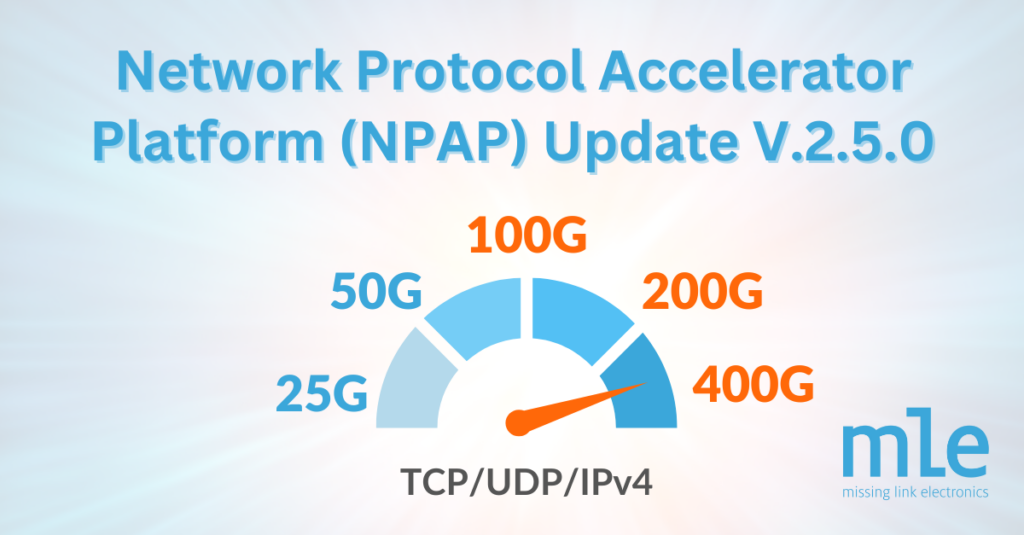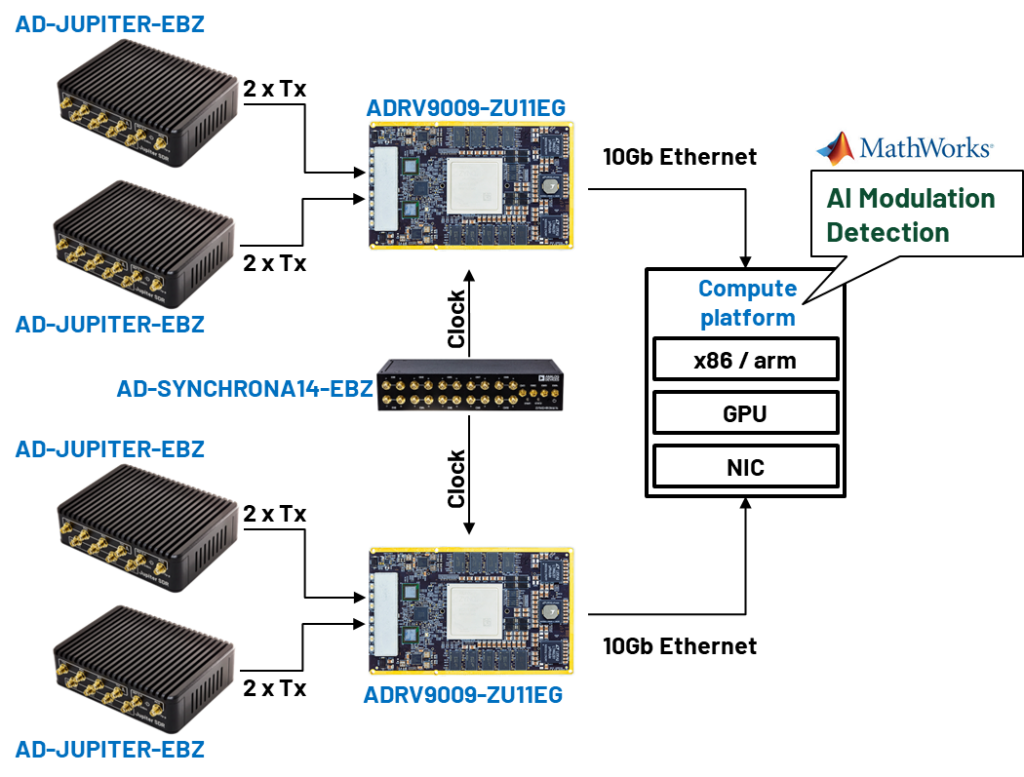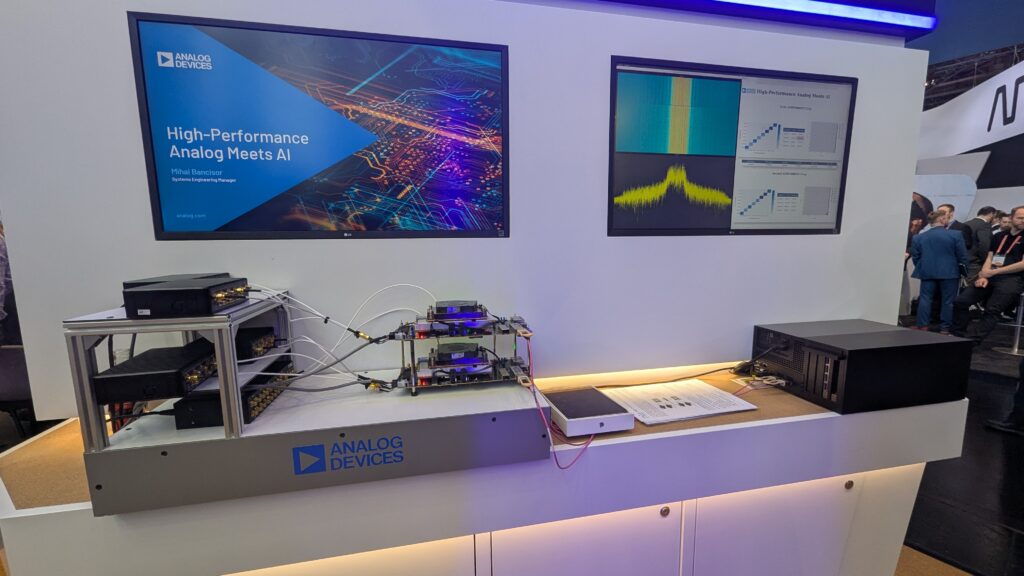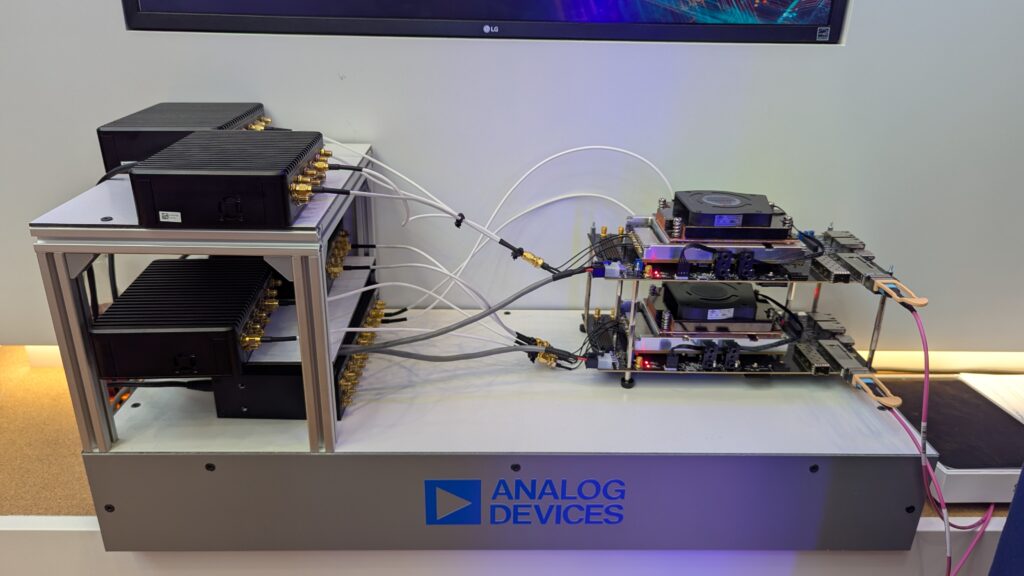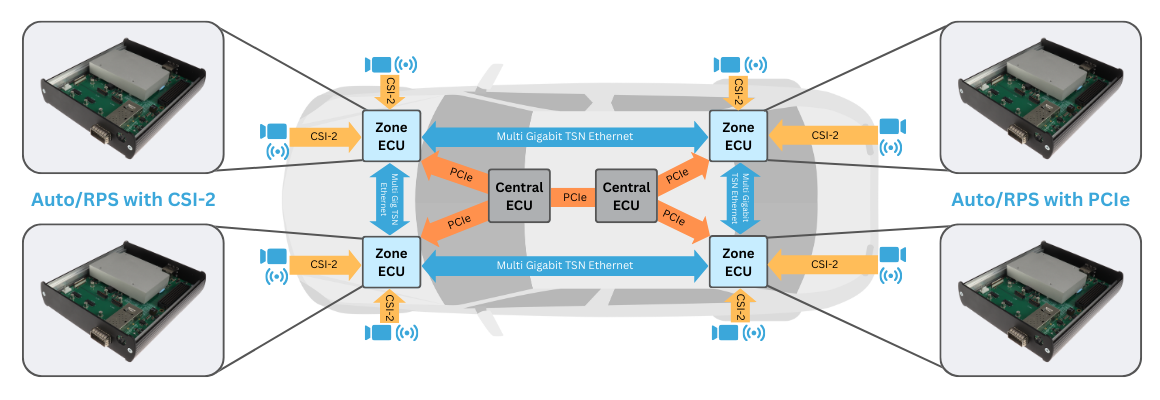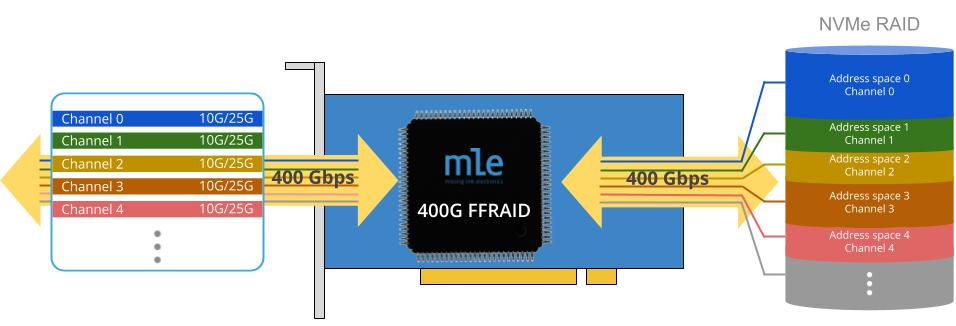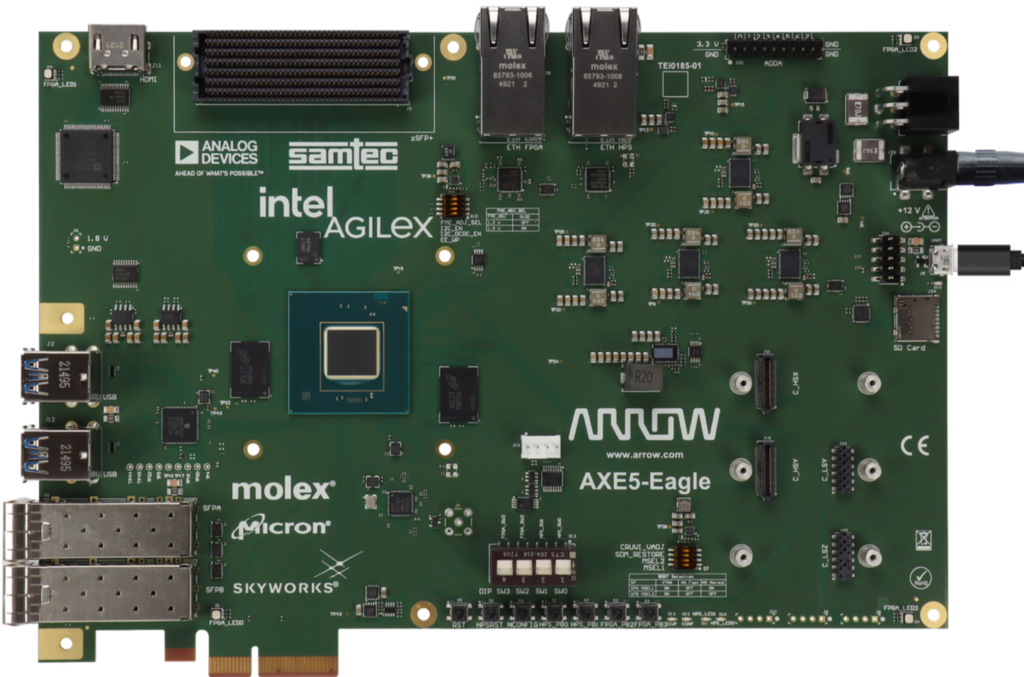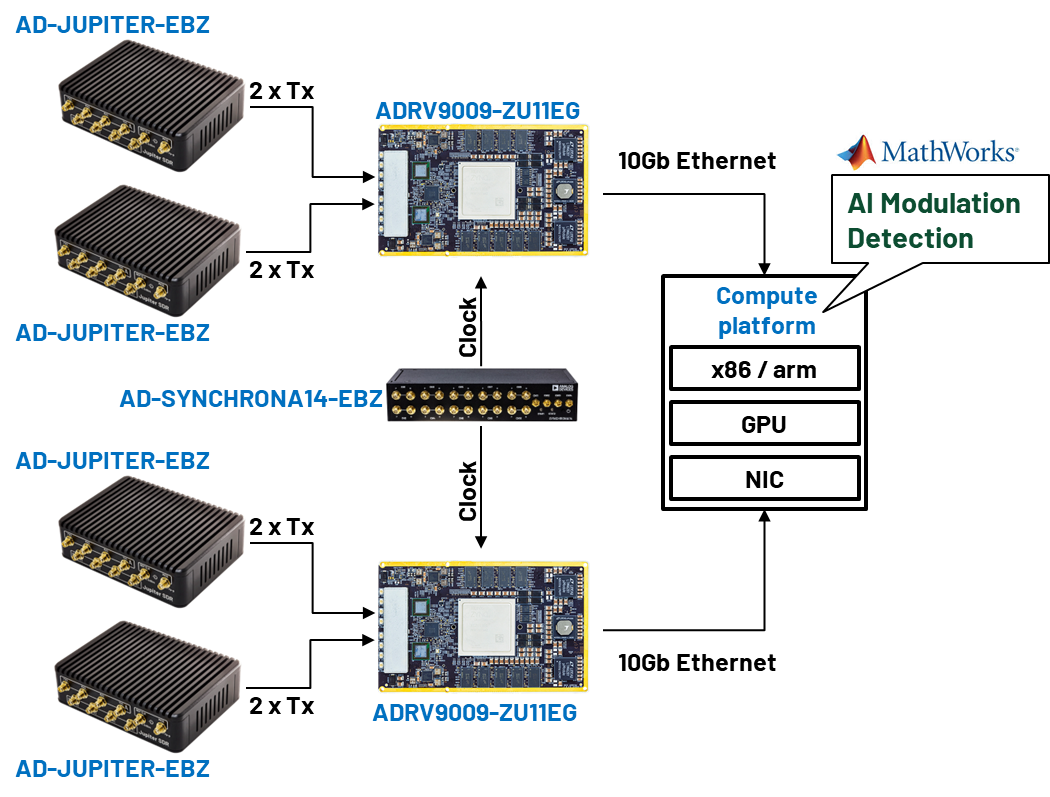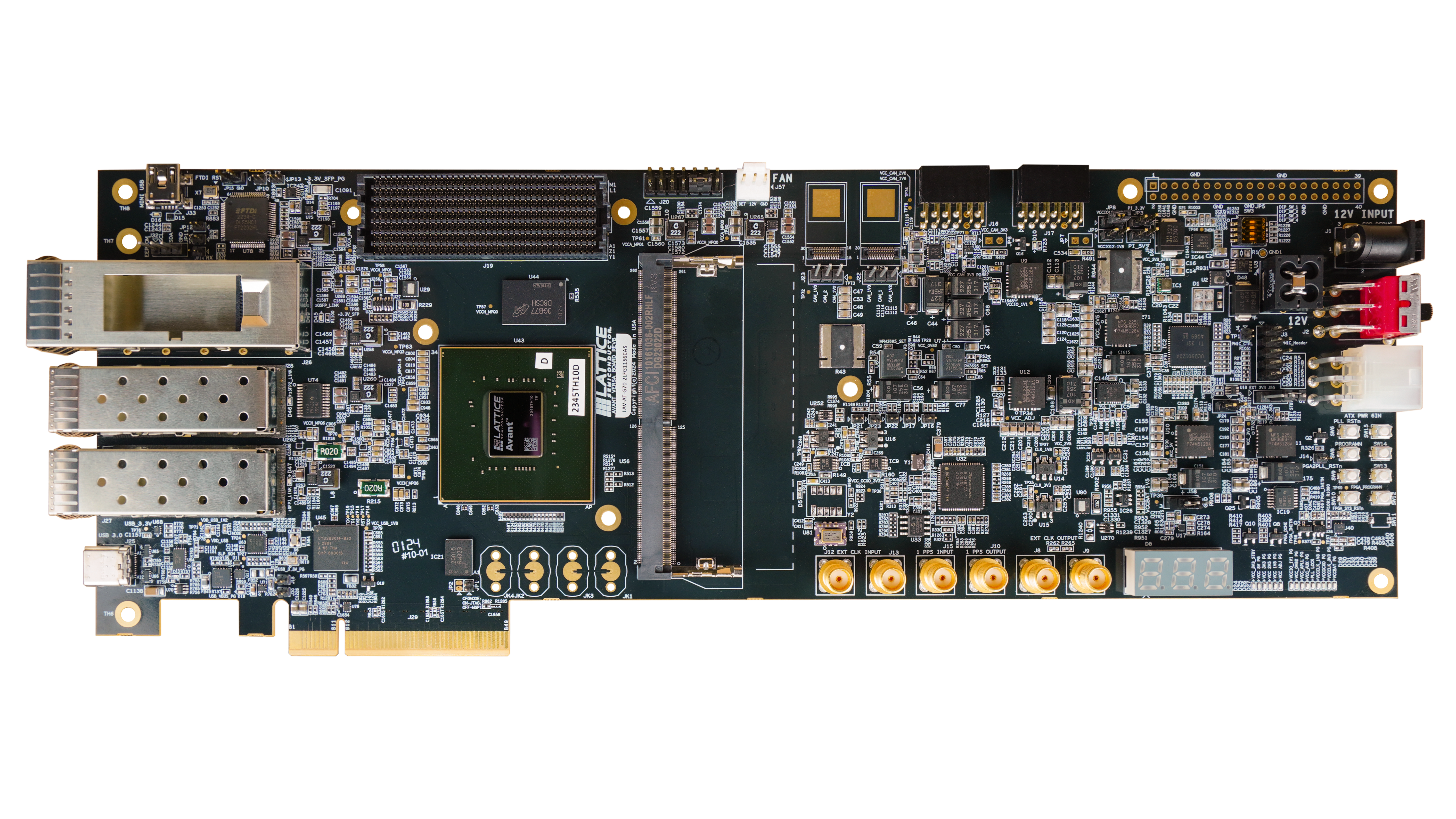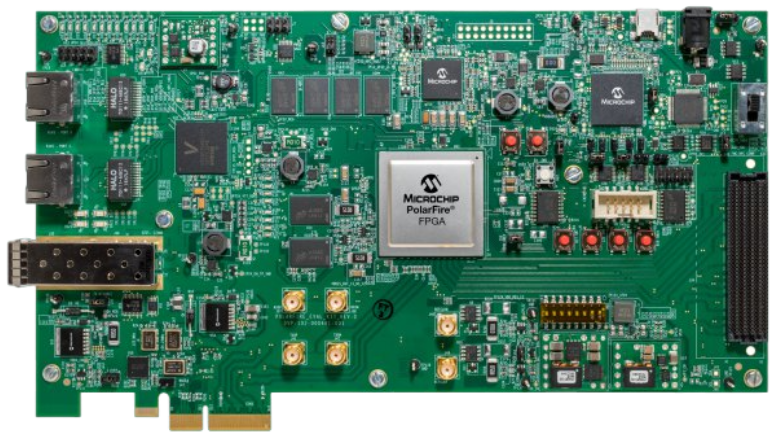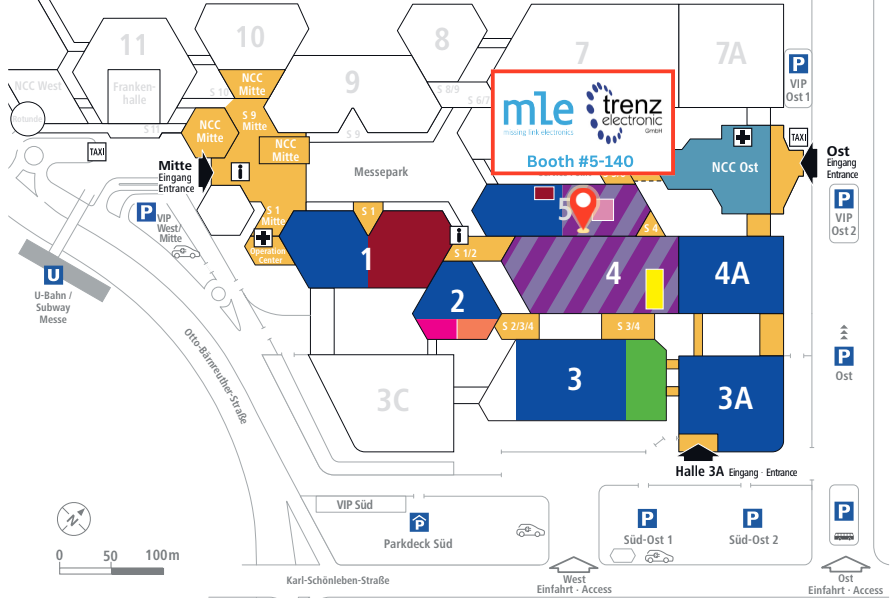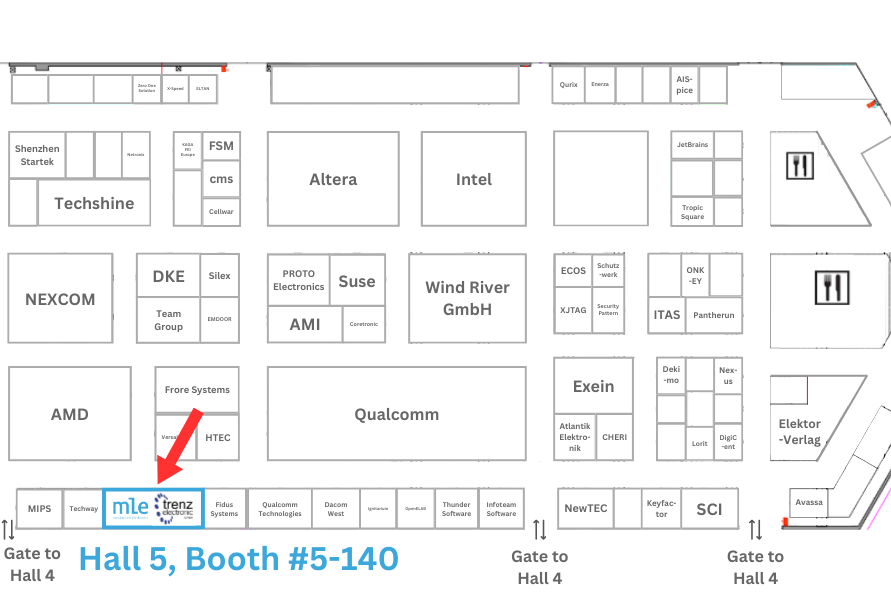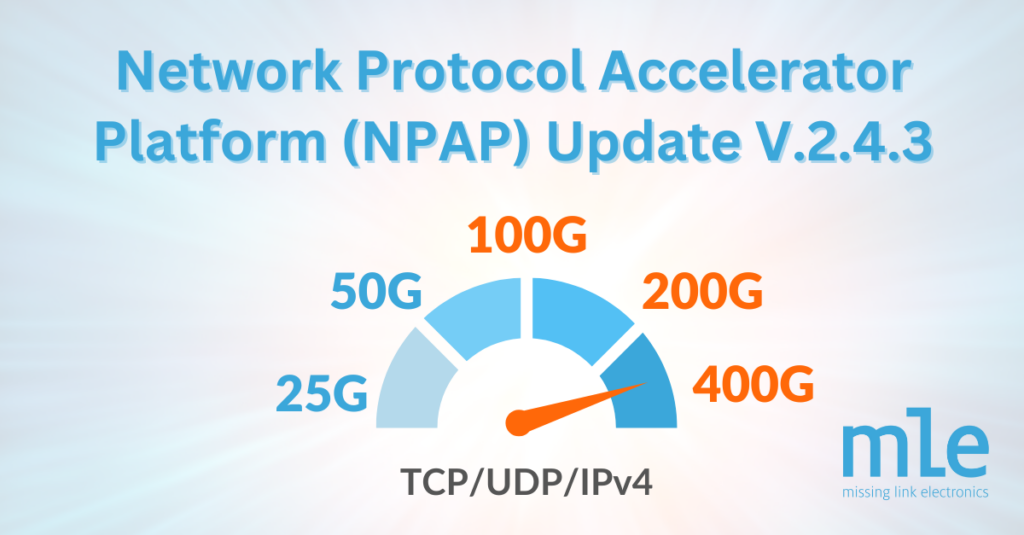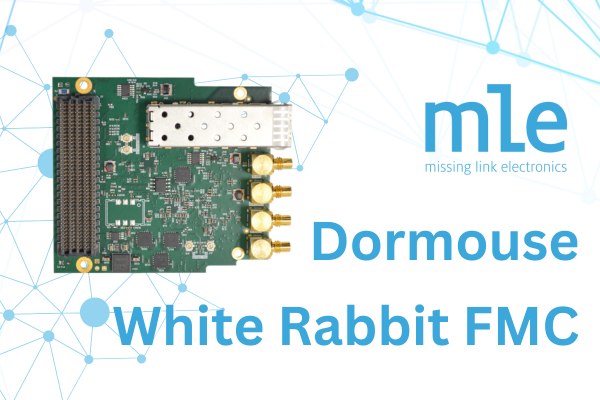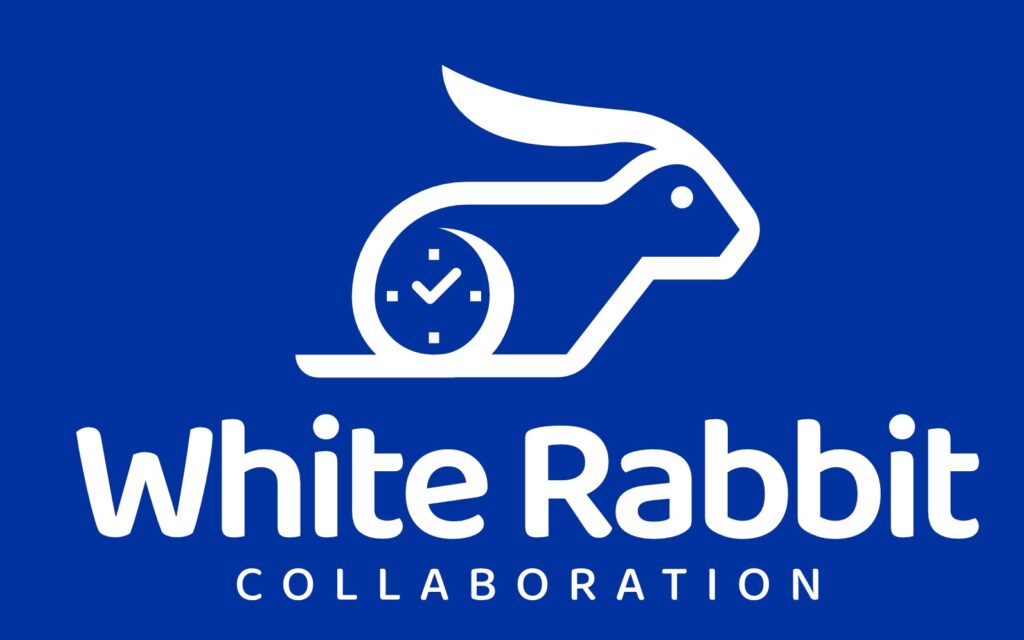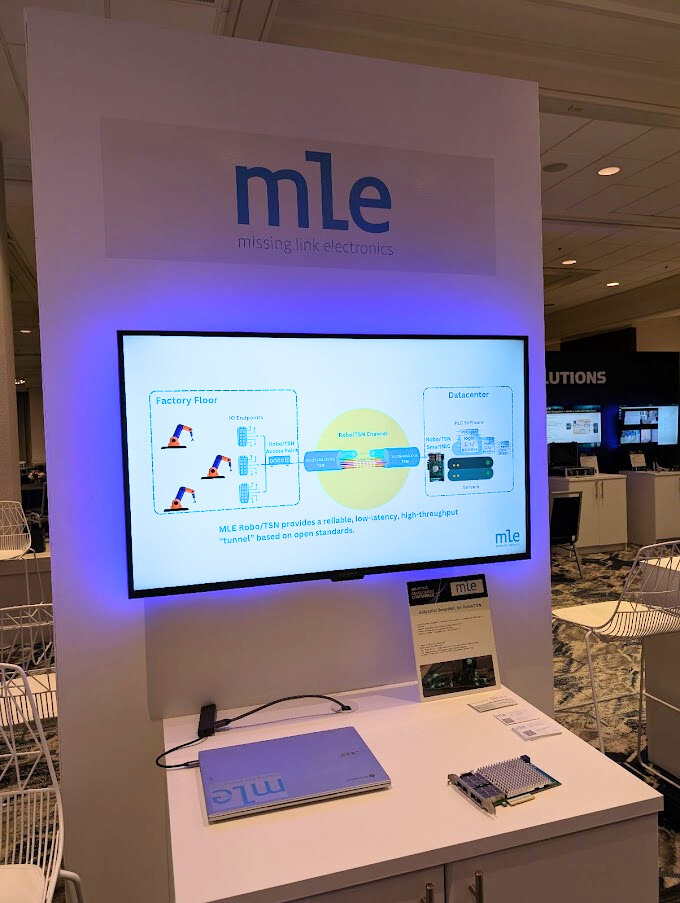MLE Presents “In-Vehicle Network – Automotive Zone-based Architecture with Time Sensitive Network – Auto/TSN” at FPGA Conference 2025

The FPGA Conference Europe 2025 will be held July 1-3 in Munich, Germany. There, MLE will present “In-Vehicle Network – Automotive Zone-based Architecture with Time Sensitive Network – Auto/TSN.”
Automotive architectures are transforming: while more and more sensors become integrated in vehicles, the automotive industry is looking for ways to reduce wiring efforts in production, more scalability, higher level of integration and faster ways development.
Auto/TSN stands for automotive data over Time-Sensitive Networks which is an in-vehicle network infrastructure based on open standards such as IEEE Ethernet.
Auto/TSN virtualizes the in-vehicle network infrastructure: Key objective is to reduce costs, increase scalability and enable upgradability for next-generation automotive architectures including electric and/or autonomous vehicles.
The presentation will show how a zone based architecture can look like in comparison to the “classic” wiring. It will explain the tasks of a zone gateway and why FPGA/Soc play a major role in sensor fusion. Further more why it is important to use middleware which turns devices in a service for a central car server and other ECUs. For visualization, we will show examples of the government funded CeCaS research project and show the complete chain from camera sensors over zone gateways to the central car server.
Date: Thursday July 3rd, 2025
Track 1 – Application (starts at 11:50am CEST)
Location: Hotel NH München Ost Conference Center, Munich, Germany
Join us at FPGA Conference 2025 to learn more details about the automotive zone-based architecture with TSN technology!
Enter the promo code FPGA25-CON-MEETME to get 20% discount on all tickets!

